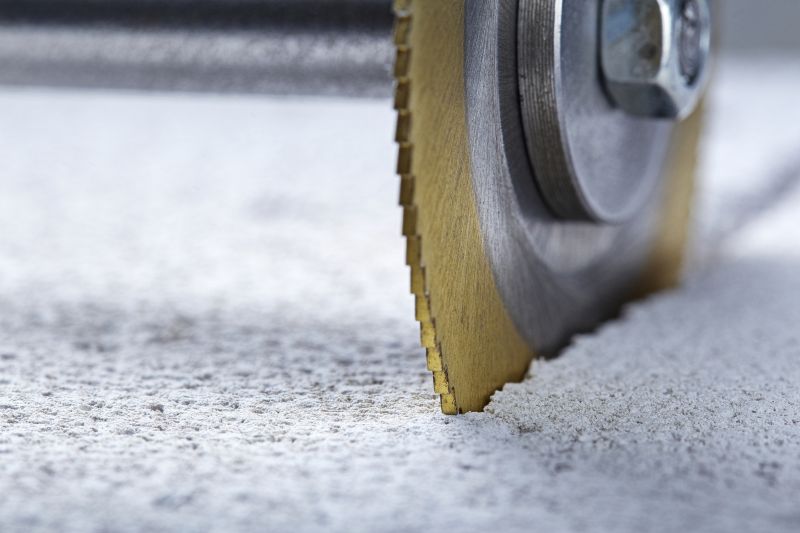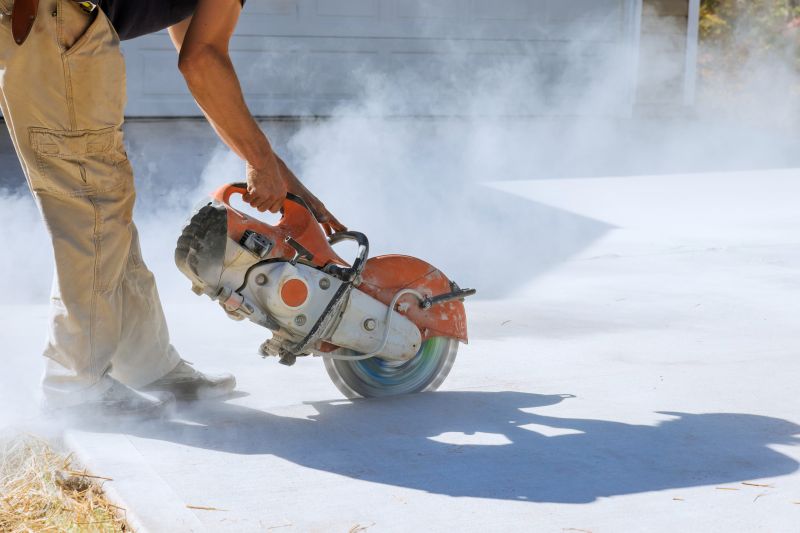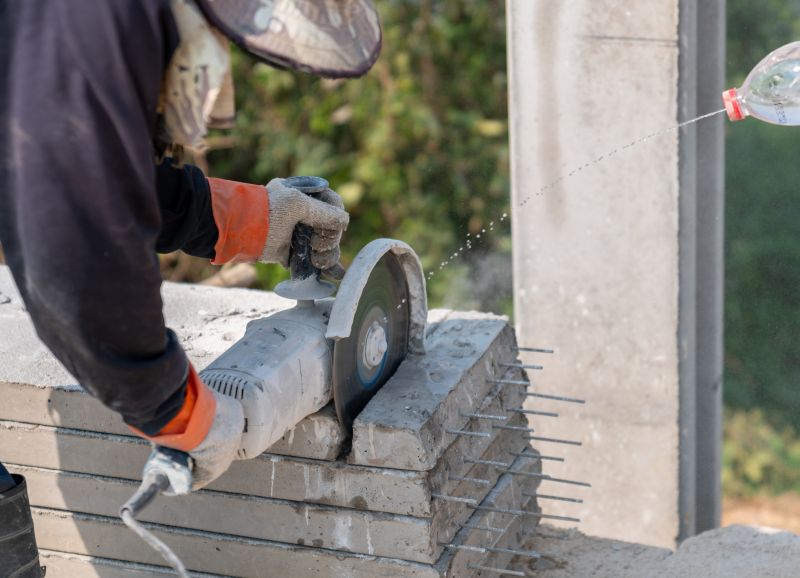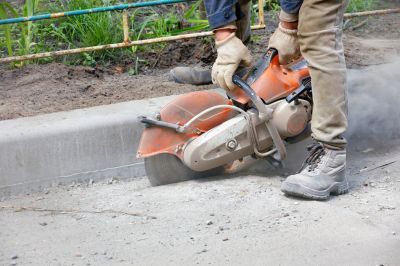Optimal Timing for Concrete Saw Cuts

Ways to make Concrete Saw Cuttings work in tight or awkward layouts.

Popular materials for Concrete Saw Cuttings and why they hold up over time.

Simple add-ons that improve Concrete Saw Cuttings without blowing the budget.

High-end options that actually feel worth it for Concrete Saw Cuttings.

Finishes and colors that play nicely with Concrete Saw Cuttings.

Little measurements that prevent headaches on Concrete Saw Cuttings day.
Concrete saw cuttings are essential for creating joints, control lines, and precise cuts in concrete surfaces. Proper timing ensures the cuts do not compromise the integrity of the slab or lead to cracking. The process involves cutting into fresh or cured concrete depending on the desired outcome.
Timing is critical; cutting too early can lead to raveling and excessive dust, while delaying too long can cause cracks to form naturally in the concrete. Optimal timing typically falls within a specific window after pouring, influenced by factors such as temperature, humidity, and concrete mix. Studies indicate that waiting until the concrete has developed sufficient strength reduces the risk of uncontrolled cracking.
Performed within 4-12 hours after pouring to control cracking and facilitate curing.
Usually done after 24 hours when concrete has gained enough strength to resist cracking.
Temperature and humidity significantly affect the ideal timing for saw cuttings.
Concrete typically reaches 70% of its full strength within the first week, guiding the timing for saw cuts.

A 60-second routine that keeps Concrete Saw Cuttings looking new.

A frequent mistake in Concrete Saw Cuttings and how to dodge it.

Small tweaks to make Concrete Saw Cuttings safer and easier to use.

Lower-waste or water-saving choices for Concrete Saw Cuttings.
| Timing Stage | Description |
|---|---|
| Immediately after pouring | Cutting within 4-12 hours for early control. |
| After initial set | Timing depends on concrete strength development. |
| 24-48 hours after pour | Standard window for most control cuts. |
| One week or later | For deep cuts or specific project needs. |
| Environmental considerations | Temperature and humidity influence timing. |
| Monitoring concrete strength | Using tests to determine optimal cutting time. |
| Risks of early cutting | Surface raveling and dust. |
| Risks of late cutting | Uncontrolled cracking and surface damage. |



